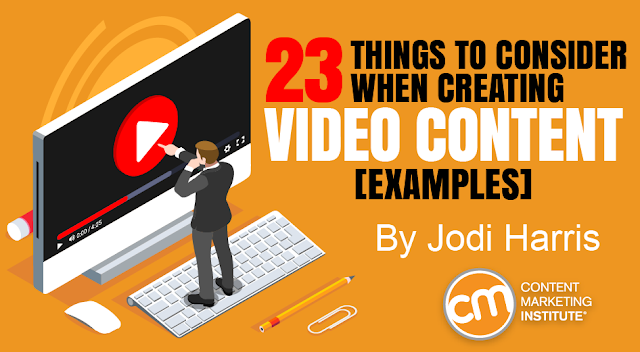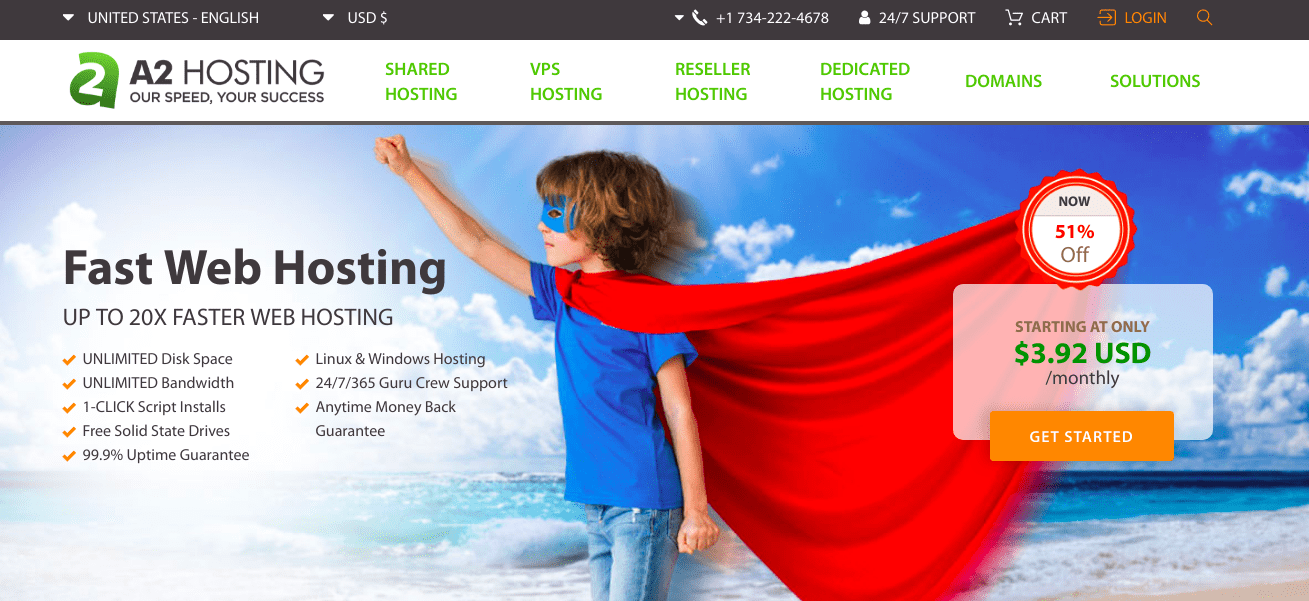If you are running more than one business you might need to hire an SEO/SEM Specialist or professional for optimizing your website's visibility in search engines and managing search engine marketing (SEM) campaigns.
25 Ways To Get SEO Success With Google
1. Conduct Keyword Research
2. Optimize Your Website Structure
3. Use Descriptive URLs
4. Optimize Your Title Tags
5. Use Header Tags
6. Optimize Your Meta Descriptions
7. Optimize Your Images
8. Provide High-Quality Content
9. Use Internal Linking
10. Use External Linking
11. Optimize For Mobile
12. Improve Page Speed
13. Use Schema Markup
14. Incorporate Social Media
15. Build a Strong Backlink Profile
16. Monitor Your Competitors
17. Use Google My Business
18. Monitor Your Website's Analytics
19. Use Google Search Console
20. Provide a Good User Experience
21. Use Long-tail Keywords
22. Use Video Content
23. Use Guest Blogging
24. Use Pay-Per-Click Advertising
25. Stay Up-to-date With SEO Trends
Top 10 Tricks To Improve Website's Page Speed
1. Optimize Images
2. Minimize HTTP Requests
3. Minimize CSS and JavaScript
4. Use Browser Caching
5. Enable Compression
6. Use a Content Delivery Network (CDN)
7. Minimize Redirects
8. Use a Fast Web Hosting Provider
9. Prioritize Above-the-fold Content
10. Use a Caching Plugin
Top 10 Fast and Reliable Web Hosting Providers
1. Bluehost
2. SiteGround
3. HostGator (Recommended)
4. A2 Hosting (Most Recommended)
5. InMotion Hosting
6. WP Engine
7. DreamHost
8. Liquid Web
9. GreenGeeks
10. Kinsta
What Is a Lead Generation Strategy?
A lead generation strategy is a plan or set of tactics that a business uses to attract potential customers and turn them into leads. The goal of a lead generation strategy is to generate interest in a company's products or services and collect information from potential customers that can be used to follow up with them and convert them into paying customers.
Lead generation strategies can involve a variety of tactics, including content marketing, search engine optimization, social media marketing, email marketing, paid advertising, events, and more. The specific tactics used will depend on the target audience, industry, and goals of the business.
A successful lead generation strategy should not only attract potential customers but also provide them with value and build trust with them. It should also include a process for capturing and managing leads, as well as a plan for following up with them and nurturing them through the sales funnel until they become customers.
Lead Generation Strategies That Work for Startup Companies
Generating leads is an essential component of any startup's success. Here are some lead generation strategies that can work for startup companies:
1. Content Marketing
Create valuable content that addresses the pain points of your target audience and share it through blogs, social media, and other channels. This will not only attract potential customers but also establish your startup as a thought leader in your industry.
2. Search Engine Optimization (SEO)
Optimize your website and content for search engines so that your startup appears in the top search results when potential customers search for relevant keywords.
3. Email Marketing
Build an email list of potential customers and send them regular emails with valuable content, promotions, and updates about your startup.
4. Social Media Marketing
Use social media platforms like Facebook, LinkedIn, Twitter, and Instagram to engage with your target audience, share your content, and promote your startup.
5. Referral Marketing
Encourage your existing customers to refer their friends and family to your startup by offering incentives like discounts, free trials, or other rewards.
6. Partnerships and Collaborations
Partner with other startups, businesses, or influencers in your industry to expand your reach and generate leads through cross-promotion.
7. Event Marketing
Attend industry events, trade shows, and conferences to network with potential customers and promote your startup.
Lead generation is an ongoing process. Consistency and persistence are key to the success of any lead generation strategy.
Four Components of Lead Generation Strategies
There are four key components to a successful lead generation strategy:
1. Target Audience
The first component is identifying and understanding your target audience. This includes understanding their needs, pain points, interests, and behaviors. By understanding your target audience, you can create content and marketing messages that resonate with them and attract their attention.
2. Offer
The second component is creating an offer that provides value to your target audience. This can be a free trial, a discount, an e-book, or any other type of content that solves a problem or addresses a need. The offer should be relevant to your target audience and aligned with your business goals.
3. Landing Page
The third component is creating a landing page that is specifically designed to convert visitors into leads. The landing page should be focused on the offer, with a clear call-to-action (CTA) and a form for visitors to fill out with their contact information. The landing page should also be optimized for search engines and mobile devices.
4. Promotion
The fourth component is promoting your offer and landing page through various channels, such as social media, email marketing, paid advertising, and content marketing. The promotion strategy should be tailored to your target audience and focused on the channels they are most likely to use.
By combining these four components, you can create a comprehensive lead generation strategy that attracts potential customers, provides them with value, and converts them into leads for your business.
Best Lead Generation Strategies
The best lead generation strategies will depend on your business, your target audience, and your goals. However, here are some effective lead generation strategies that have been successful for many businesses:
1. Content Marketing
Creating high-quality, informative content that addresses the needs and interests of your target audience is an effective way to attract potential customers. This can include blog posts, e-books, whitepapers, videos, and more.
2. Social Media Marketing
Social media platforms like Facebook, Twitter, LinkedIn, and Instagram can be used to engage with your target audience and promote your business. This can include sharing your content, hosting giveaways or contests, and using paid advertising to reach more people.
3. Search Engine Optimization (SEO)
Optimizing your website and content for search engines is an effective way to attract potential customers who are searching for products or services like yours. This can include optimizing your website's structure, using relevant keywords, and creating high-quality content.
4. Email Marketing
Building an email list and sending regular newsletters, promotional emails, and other content to your subscribers is an effective way to nurture leads and convert them into customers.
5. Referral Marketing
Encouraging your existing customers to refer their friends and family to your business is an effective way to generate new leads. This can include offering incentives like discounts or free trials for referrals.
6. Webinars and Events
Hosting webinars or attending industry events and conferences are effective ways to engage with potential customers and generate leads. You can usethese opportunities to showcase your expertise and provide value to your target audience.
7. Paid Advertising
Using paid advertising platforms like Google Ads, Facebook Ads, or LinkedIn Ads can be an effective way to reach your target audience and generate leads. This can include targeting specific demographics, interests, or behaviors to ensure your ads are seen by the right people.
Ultimately, the best lead generation strategy will depend on your business and your target audience. Experiment with different tactics and measure your results to determine what works best for your business.
Tools Or Platforms To Help With Lead Generation
There are many tools and platforms available to help with lead generation. Here are some popular ones:
1. HubSpot
HubSpot is an all-in-one marketing, sales, and customer service platform that includes a suite of tools for lead generation, such as landing pages, forms, email marketing, and lead scoring.
2. Mailchimp
Mailchimp is a popular email marketing platform that includes tools for building email lists, creating campaigns, and tracking results. It also includes landing pages and forms to help with lead generation.
3. Leadpages
Leadpages is a landing page builder that makes it easy to create high-converting landing pages for lead generation. It includes templates, drag-and-drop editing, and A/B testing tools.
4. LinkedIn Sales Navigator
LinkedIn Sales Navigator is a tool that helps you find and connect with potential customers on LinkedIn. It includes advanced search filters, lead recommendations, and CRM integration.
5. Intercom
Intercom is a customer messaging platform that includes tools for lead generation, such as chatbots, targeted messages, and lead capture forms.
6. OptinMonster
OptinMonster is a tool that helps you convert website visitors into subscribers and customers. It includes popups, slide-ins, and other types of lead capture forms.
7. Google Ads
Google Ads is a pay-per-click advertising platform that allows you to target specific keywords and demographics to reach potential customers. It can be an effective way to generate leads quickly.
These are just a few examples of the many tools and platforms available to help with lead generation. Consider your business needs and budget when choosing the right tools for your business.





































0 Comments